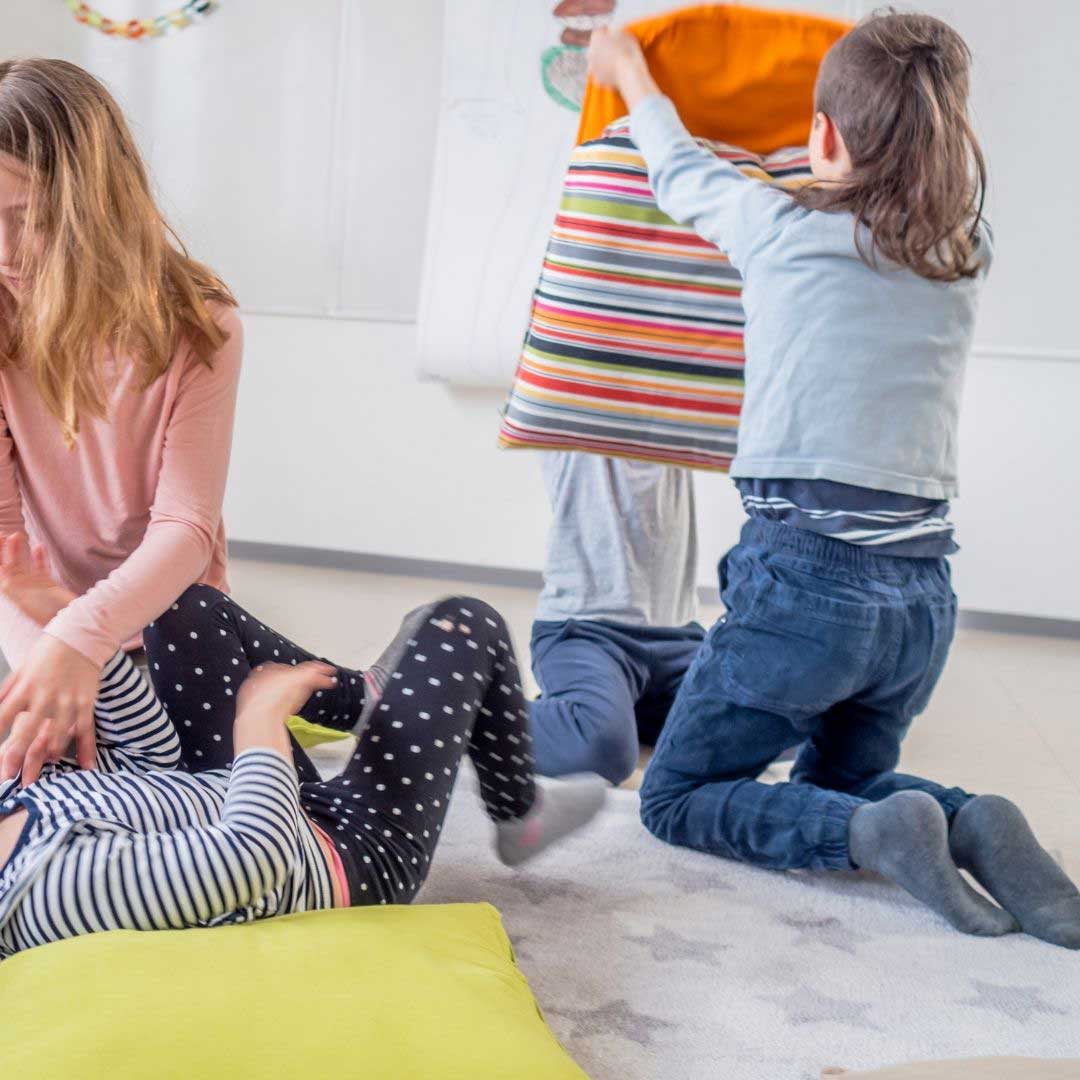
Over the past decade, more knowledge has come to light on how educators can greater help children with sensory processing disorders. Such development in SPD education not only helps the children to grow and learn within their childcare or educational environment; it also aids the teacher to understand their class better.
Sensory aids are of great assistance with children on the Autism spectrum or with sensory processing disorders. Sensory Aids can also be seen as a tool to engage all children in different learning and playing aspects. So how can you use classroom rugs as a sensory aid for children?
Table of Contents
Creating a calming room or calming space within a room can help children when they in a state of sensory overwhelm. When a child is sensory sensitive, a calming space will help them return to their inner comfort zone to continue learning, just like neutral children.
A calming space for sensory sensitive or sensory avoiding children can be achieved by reducing stimulation. Sensory overstimulation may be in the forms of sounds, colour, touch and smells. While it sounds difficult to achieve in a classroom setting, it is possible to create a space that feels safe and secure for a child experiencing sensory overwhelm.
Combined with other helpful aids, you can create a calming space in the classroom.
Educators are now better understanding the needs of sensory seeking children. Having opportunities within the classroom or play area for sensory seeking children to gain sensory input. Using both subtle and not so subtle sensory aids, you can help these children receive the feedback their bodies are craving.
A sensory seeking child may be wanting items that they can touch and feel. The most popular of these items include soft and fluffy rugs that they can sit on and run their fingers over the soft fibres. Teachers find these rugs helpful when children are sitting on the rug and are required to listen to instructions.
Originally written 9 March 2021